Tibet Weather in September
In September, since the rainy season has just ended, the sky is clear and there is plenty of water in the lakes. This kind of weather is perfect for touring YamdrokTso Lake and Namtso Lake. Since most of the students have started school, there will be a lot less people in September than in the summer vacation. Air tickets and train tickets to Tibet are easy to book at this time.
September is the most beautiful season in Tibet in a year, which is not too cold nor too hot. In the first half of September, when the rainy season turns into a dry season, the rain will decrease and the sunny days will increase. Even if the weather forecast says raining, it will just be showers or rain at night. However, places of high altitudes such as Namtso will be colder and windy, so please try to keep warm when you go there.
The average temperature in September in different areas:
Average temperature in Lhasa area: 8 °C — 20 °C.
Average temperature in Ali area: -5 ° C — 19 ° C.
Average temperature in Nyingchi area: 10°C — 20°C
Average temperature in Nagqu area: 0 °C — 13 °C.
Average temperature in Shigatse area: 3 °C — 24 °C
Average temperature in Shannan area: 6°C — 24°C.
Tibet Dress code in September:
If you are planning to go to Lhasa in September, please be aware of the big difference of over 10 degrees Celcius between daytime and night time. You can wear a shirt and jeans with a pair of light sports shoes, but warmer clothes and shoes will be needed at night. Please be aware of the weather change and protect yourself from colds.
UV radiation is very strong during the day in Lhasa, especially when it is sunny. You can just wear a long- sleeved T-shirt and a jacket. When it is raining and gets colder at night, you can add more clothes such as an outdoor jacket. For some places of higher altitude are especially cold in the early morning and at night, a down jacket may be needed as well. If you are going to Mount Everest and Namtso area, you also need to wear hats and gloves.
Tibet travel guide in September:
September is a good month to go to Tibet. It is warm and it rarely rains at this time. The blue sky and white clouds are up high every day. The oxygen concentration is sufficient and the altitude-sickness happens less to visitors. A Tibet tour in September is full of beautiful sky reflection in clear lake water, refreshing scented fields and forests, tastes of harvest and splendid colors. If you are going to Tibet in autumn, a most clear and purest Tibet will present charmingly in front of you with all the amazing colors.
Lhasa has taken on a new look in September
In September, besides the Potala Palace, Jokhang Temple and Norbulingka. You can also go to visit some other local temples, such as Zaki Temple which is the only temple for Gods of Wealth in Lhasa. It is said that the god of Zaki Temple likes alcohol, so follower come to Zaki Temple to worship not only with Hada and Mulberry twigs, but also a bottle of wine or barley wine. These can be prepared in advance. But if you do not have time to prepare, you can also buy it from the stalls outside of the temple.
A new look of Lhasa in
318 National Road Linzhi section is putting on a beautiful film:
Around mid-September, Lin Zhi begins to enter the golden 50-day. You can enter the Nyingchi area along 318 state road on 30 degrees north latitude which is called “Chinese Landscape Boulevard”. At night, you can stay in a Hotel in the scenic area of the Yarlung Zangbo Grand Canyon listening to the Yarlung Zangbo River and watching the stars all over the sky. When the road turns to Sejila Mountain, multiple colors show up instead of just green or golden. Sceneries of all seasons gathered here in layers endlessly.
When passing through the Sejila Mountain Pass at an altitude of 4,700 meters, the majestic beauty of the Mount Nanga Bawa Peak shows in front of you. The Nanga Bawa Peak is of 7787 meters above sea level and ranks 15th in the world mountains. Every autumn and winter, it is the best season to photograph Nanga Bawa in the Yarlung Zangbo Grand Canyon.
At this time, Linzhi has begun to enter the dry season, the air is clear and the chances of photographers shooting the Nanga Bawa Peak will be greatly improved. When the snow-capped mountains slides off the vision, the lush and tall trees of Lulanglin Forest Sea catch your eyes. Then Bomi, which is called the "town of glaciers" shows up. Bomi is for its unique natural landscapes such as glaciers, hot springs, and Palong Zangbo River, where the photography enthusiasts are crazy about taking pictures here. You can also see the most beautiful spruce forests in China here.
The beauty in the Tsang Shigatse area:
The Shigatse area is known as the source of thousands of mountains and rivers. It is also an important birthplace of Tibet culture with some art as a representative of the national non-material cultural heritage, they are renowned both at home and abroad for their unique artistic charm and aesthetic value. There are many classic tour routes in Shigatse area centered in the two national historical and cultural cities of Shigatse and Gyangze of Eco-tourism. There are the eco-tour areas in the Everest National Nature Reserve and the southern side of the Natural Scenic Area in the Himalayas and the Holy Lake areas represented by the Green Lake and the Pezutso Lake. The Xiqin Hot Spring and the Yadong Kangbu Hot Spring are part of the resort areas. Three recommended boutique tour routes are the trip to Everest, the trip to Red River Valley, and the trip to Yajiangyuan.
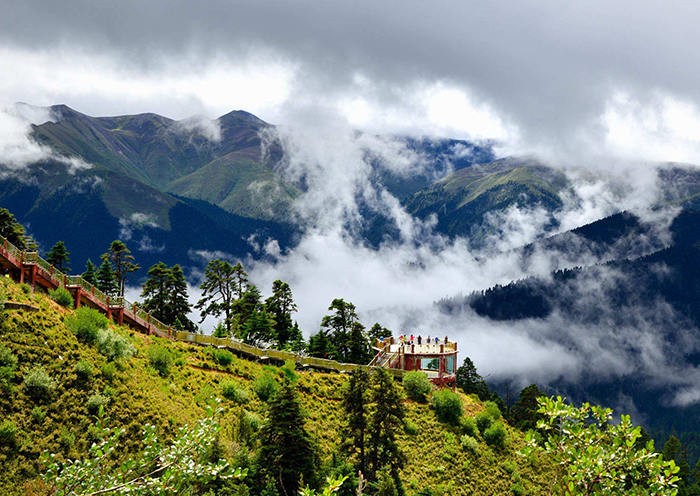
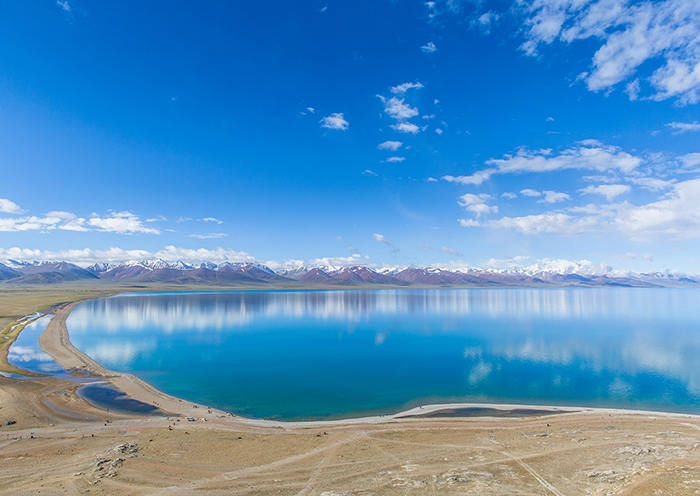
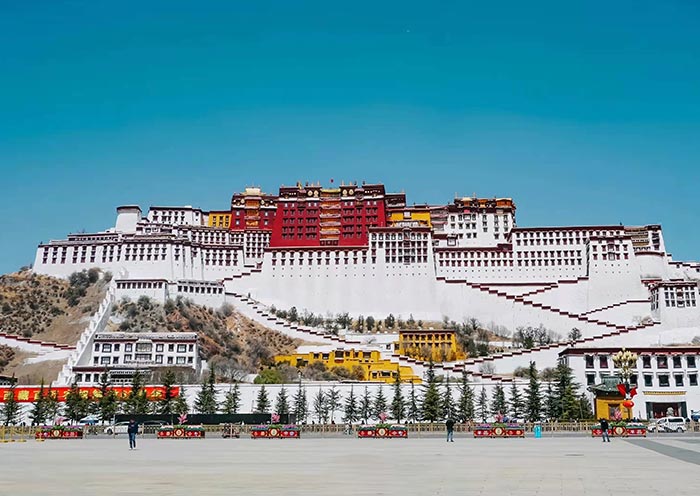
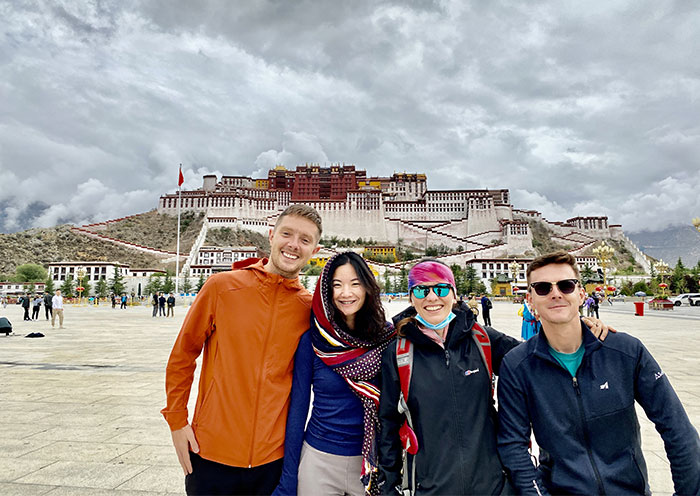
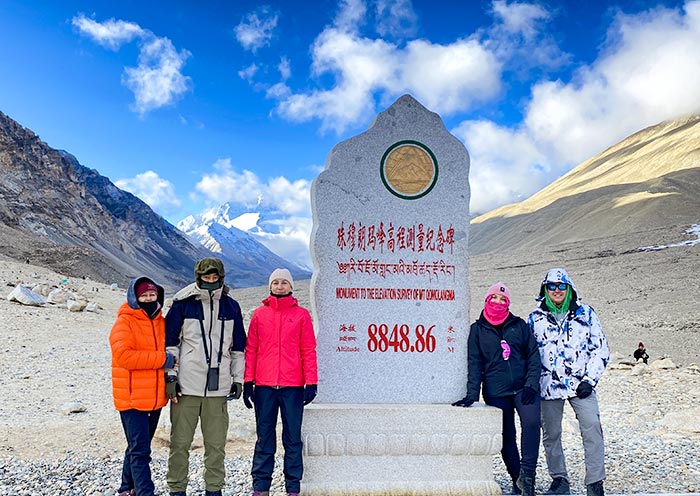
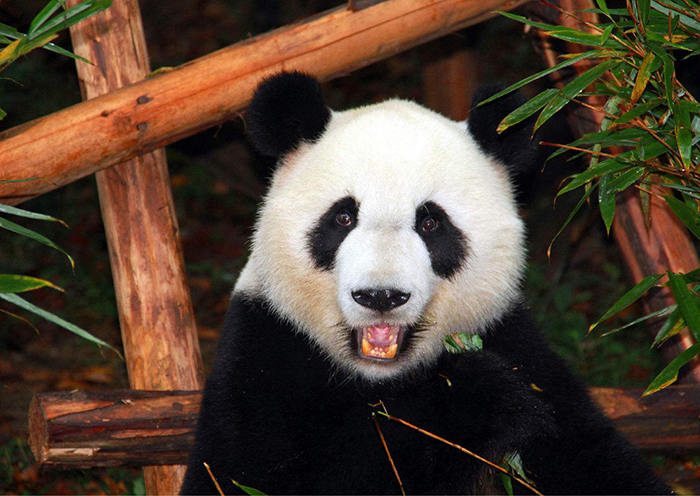
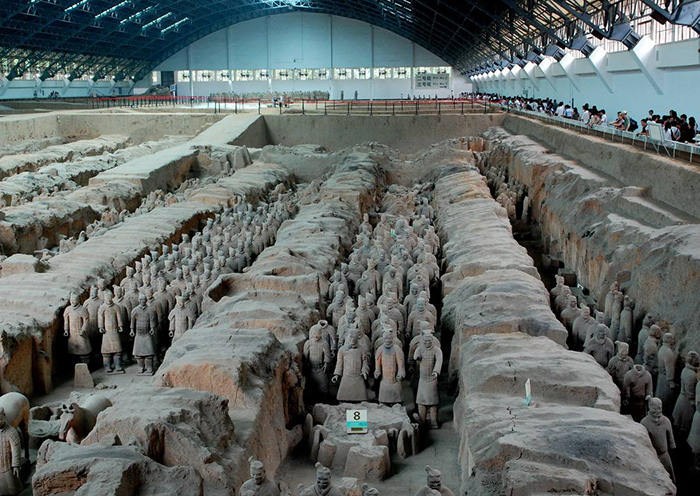
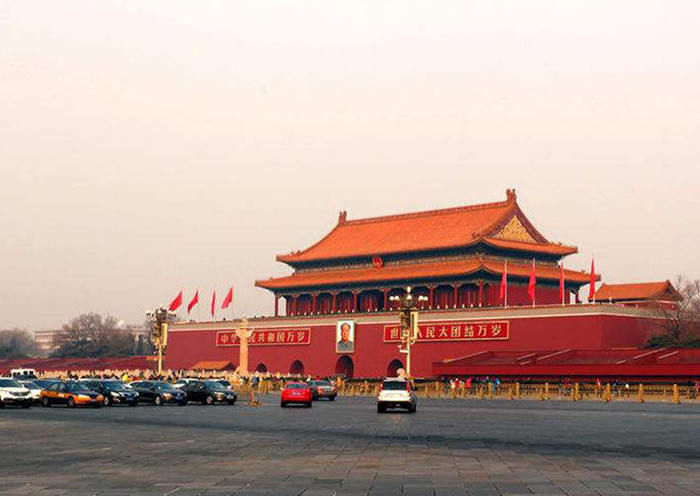
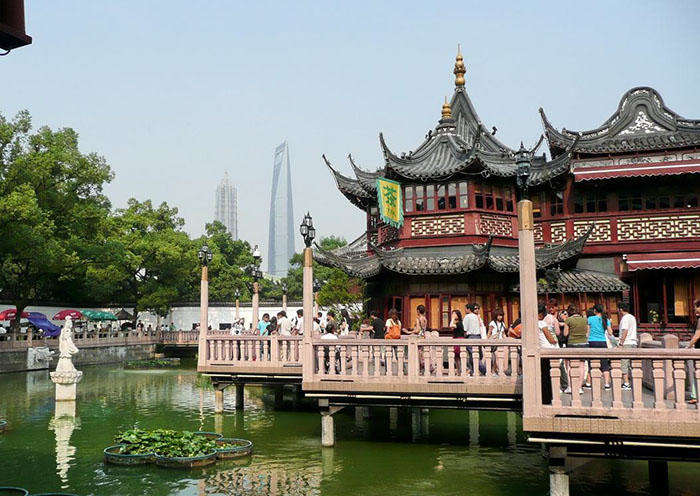
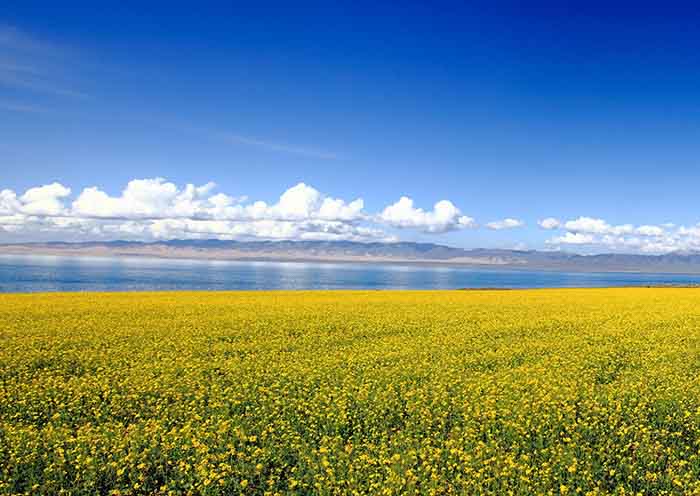
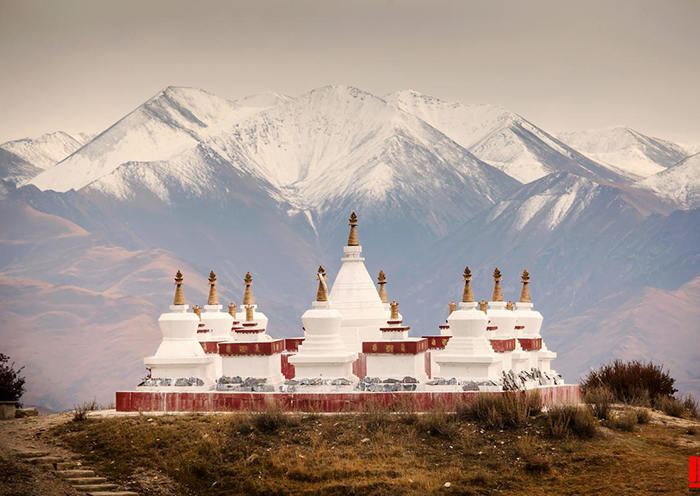
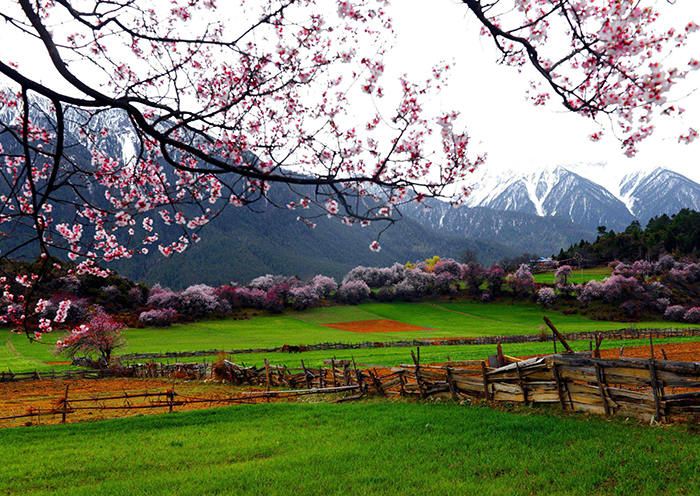
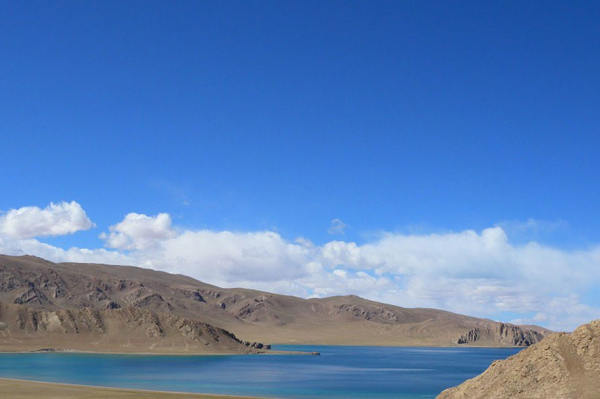
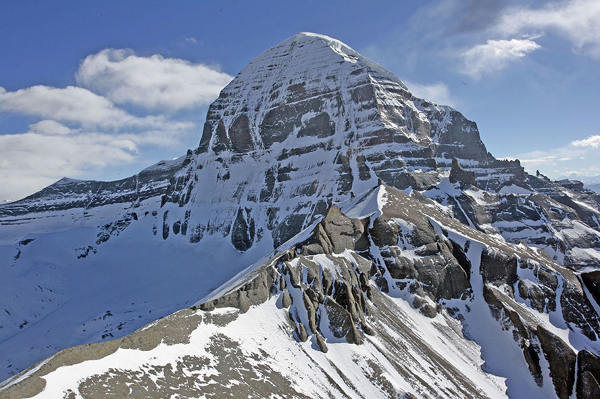
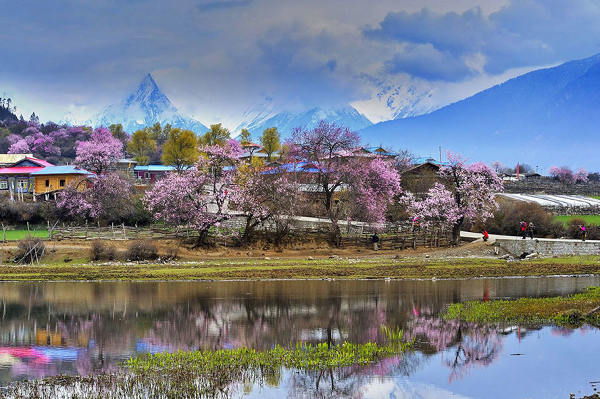
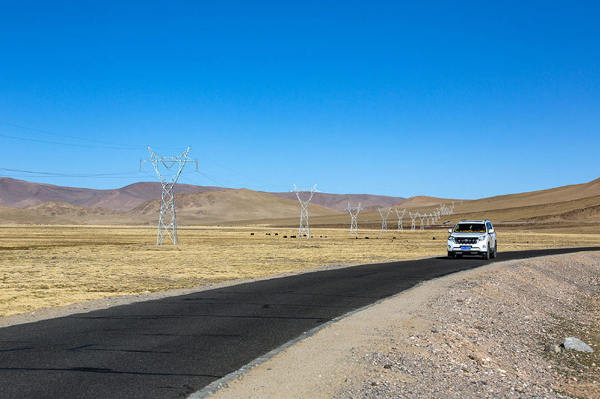

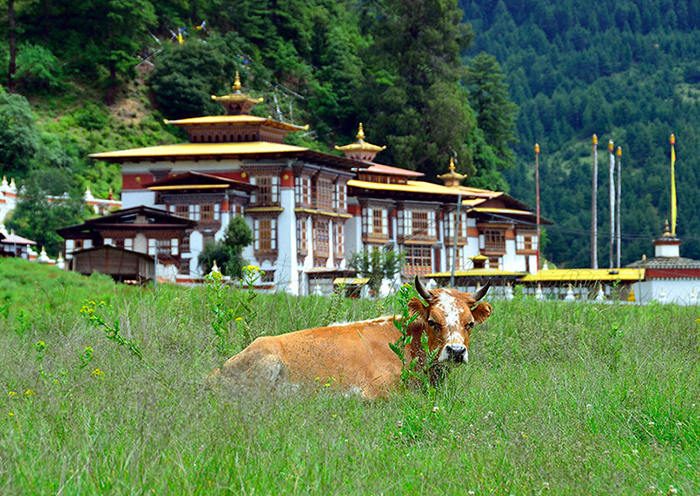
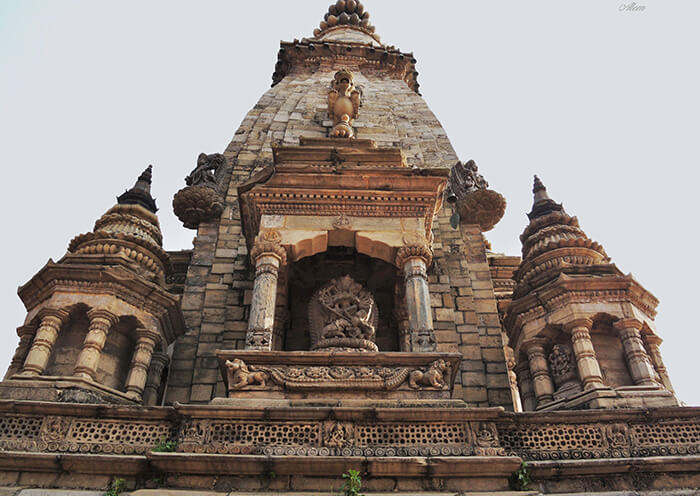
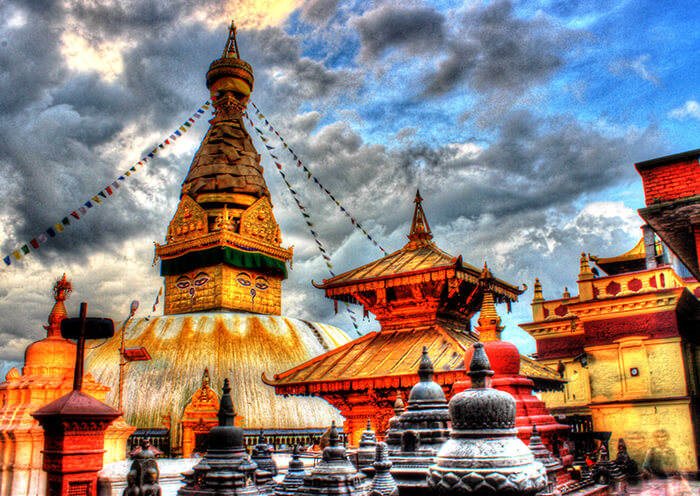

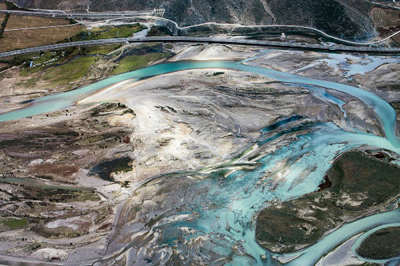



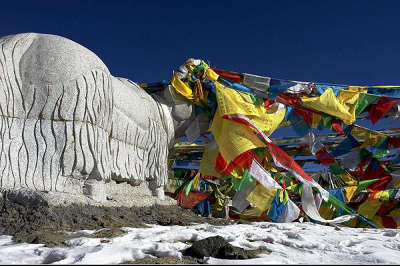

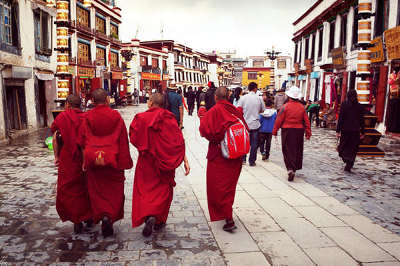
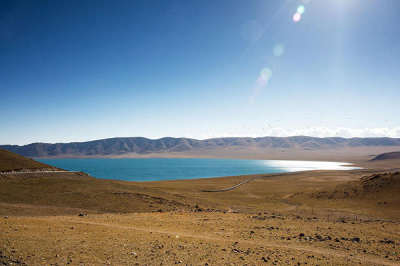
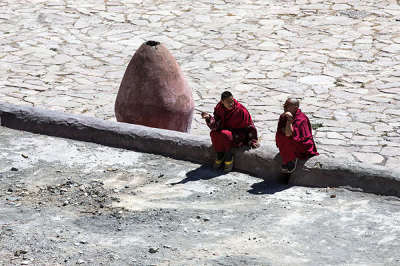


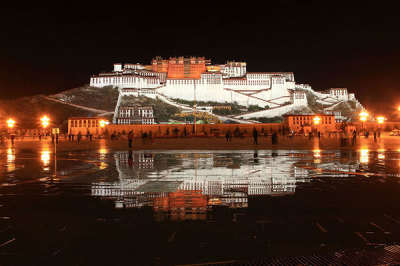
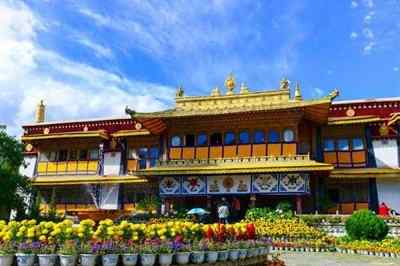



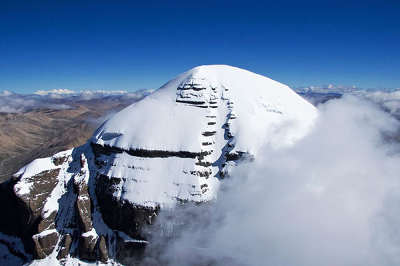
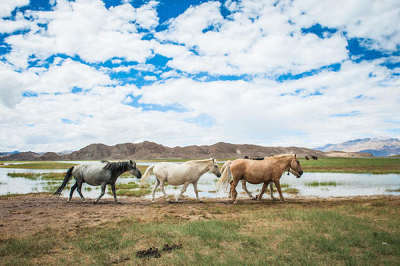
 Data in submission...
Data in submission...